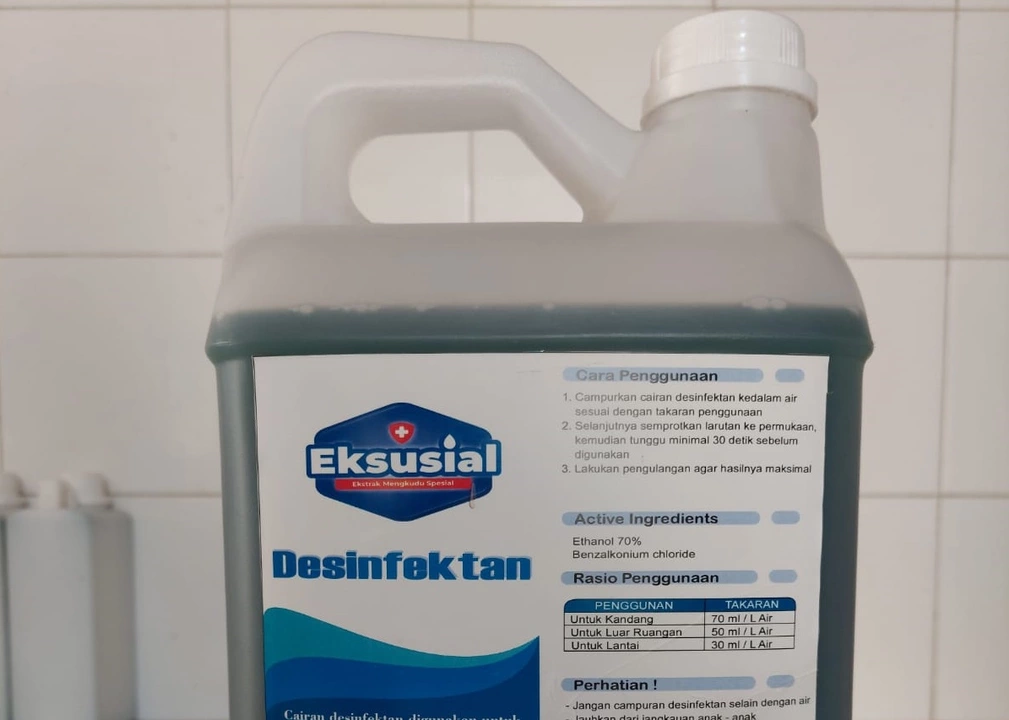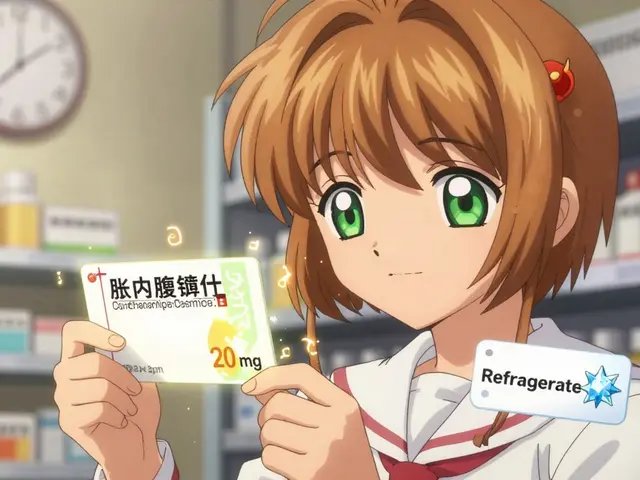Health Products: Benzalkonium Chloride and Zinc Oxide in Everyday Cleaners
You probably use products that contain benzalkonium chloride or zinc oxide without thinking much about them. Both show up in cleaning and laundry items, but they work in different ways. Knowing what each does helps you pick safer and more effective products for home and work.
What benzalkonium chloride does and when to use it
Benzalkonium chloride is a type of quaternary ammonium compound used as a disinfectant and sanitizer. You’ll find it in surface sprays, wipes, and some hand sanitizers. It kills many bacteria and some viruses by breaking down cell membranes, so it’s handy for quick surface disinfection in kitchens, bathrooms, and clinics.
Why choose it? Many people prefer it because it’s less harsh-smelling than bleach and leaves less residue. But it has limits: it may not work against every pathogen, and it can irritate skin or eyes if misused. Also, avoid pouring it down drains straight from concentrates, since it can harm aquatic life.
Zinc oxide in cleaning products — what it brings to the table
Zinc oxide is best known for sunscreens and creams, but it also appears in some detergents and surface cleaners. In cleaning, zinc oxide can act as a mild abrasive, odor absorber, and formulation stabilizer. It can help remove stains, boost whiteness in laundry, and add gentle scrubbing power in powders or pastes without scratching many surfaces.
Manufacturers sometimes include zinc oxide for its mild antimicrobial activity too, especially in specialty cleaners. It’s generally gentle on fabrics and skin compared with stronger chemical cleaners, so it’s a good pick when you want effective cleaning without heavy-duty disinfectants.
So how do you pick between them? If your goal is disinfection — killing germs on high-touch surfaces — look for a product with a proven disinfectant label such as benzalkonium chloride or other EPA-registered ingredients and follow the contact time on the label. If you want stain removal, odor control, or a gentler wash for fabrics and hands, products with zinc oxide or zinc-based additives can help without being too harsh.
Practical safety tips: always read and follow product labels, wear gloves if you have sensitive skin, ventilate small spaces when using strong cleaners, and never mix disinfectants (for example, bleach plus other cleaners) — that can create dangerous fumes. Store cleaning products out of reach of children and pets, and test a cleaner on a small hidden area before using it widely.
Want a quick rule of thumb? Use benzalkonium chloride for targeted disinfection of hard surfaces. Use zinc oxide–containing formulas for gentler cleaning, laundry boost, or odor control. Both have a place in a well-stocked home cleaning kit, depending on the job.
Explore the Health Products category to find safe product guides, ingredient breakdowns, and simple tips for choosing cleaners that match your needs and household safety preferences.
How benzalkonium chloride/zinc oxide is used in the cleaning industry
As a blogger, I've come across some fascinating information about how benzalkonium chloride and zinc oxide are used in the cleaning industry. It turns out that benzalkonium chloride is an effective disinfectant and sanitizer, commonly found in household and commercial cleaning products. On the other hand, zinc oxide is often used as a gentle, natural cleaning agent in products like laundry detergents and surface cleaners. Both of these ingredients not only help to remove dirt and grime, but also play a crucial role in killing harmful bacteria and ensuring a safe, clean environment. It's amazing how these two versatile compounds contribute to the efficacy of the cleaning products we use every day!






